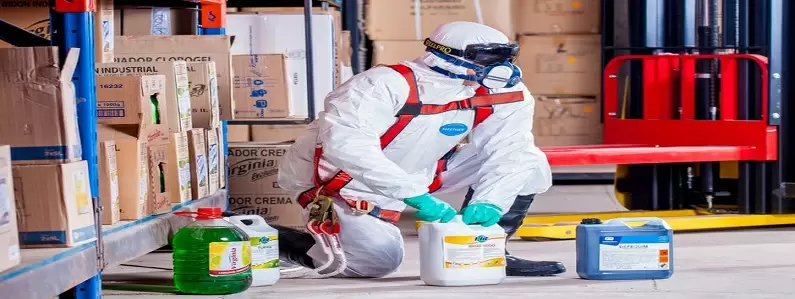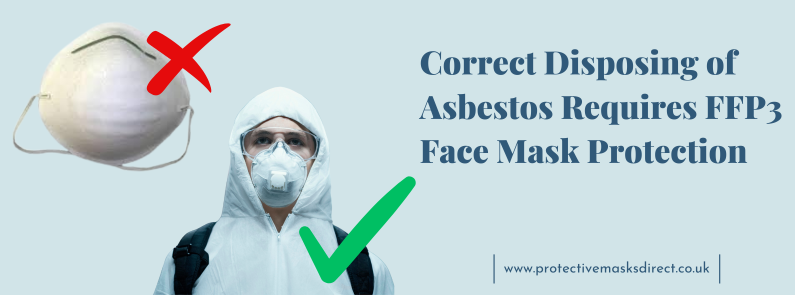
From safety helmets, eye protection, gloves, dust mask respirator, to safety shoes, there are many different personal protective gears that one should wear to protect themselves against the safety and health risks at work. But when it comes to workplaces like road construction sites, High-Visibility Safety Apparel (HVSA) is known to be one of the most important.
As per a report by the US Bureau of Labor Statistics (LBS), workers getting struck by mobile equipment and vehicle are the most common cause of fatal injuries at road construction sites. Using HVSA is one of the best ways to reduce such fatalities.
What is High Visibility Safety Apparel?
In simple words, HVSA is a type of protective clothing which helps in significantly improving how well people can see the workers or how well the workers are visible. They are very commonly used in dark and low-lighting conditions to let vehicle operators and drivers know the presence of a worker. HVSA are commonly available in the form of coveralls, vests, and bibs.
There are also high visibility headwears which are generally worn for increasing the visibility of workers in conditions where the entire or some part of their body is not visible due to traffic barriers, tress, or construction materials.
Standards and Regulations for HVSA
There are a number of federal agencies in the USA that have specified the guidance and standards with respect to protective clothing. These agencies include OSHA (Occupational Safety and Health Administration) and FHA (Federal Highway Federation).
The agencies generally refer to the industry consensus standard which is issued by ISEA (International Safety Equipment Association) and ANSI (American National Standards Institute). This standard is more popularly known as American National Standard for High Visibility Safety Apparel and Headwear or ANSI/ISEA 107 Standard.
Similarly, there are other organizations and agencies in other parts of the world that have their own standards for HVSA. One of the most prominent is being the CSA Group of Canada which has specified the standards of protective clothing in CSA Standard Z96-15 and has divided the apparels into 3 classes.
The 3 classes of HVSA as per CSA Standard Z96-15 are as follows-
- Class 1- The apparels in this class offer lowest body coverage but good visibility
- Class 2- The Class 2 apparels offer moderate coverage for the body and visibility better than Class 1 apparels
- Class 3- Apparels that belong to Class 3 offer highest body coverage and even their visibility from a long distance and in low lighting conditions is excellent
What Makes These Apparels Highly Visible?
There are two things in this apparel that make them highly visible. First is the colour of the apparel and second is the use of retro reflective tapes. But not just any colour or retro reflective tapes, an HVSA can only be in colours like fluorescent orange, red, yellow, or green. Moreover, even the amount of background fabric used in protective apparel is specified as per the ANSI Standard.
Also, the retro reflective tape used on the apparel should be ANSI-certified and the amount and design in which it is used should also be as per the specified standards for HVSA.
When Should You Replace Your HVSA?
It is very important for every HVSA user to make sure that that they keep their protective apparel well-maintained and clean. Dirty or contaminated apparels can have significantly reduced visibility.
The average lifespan of HVSA is considered to be 3 years. However, one should replace them immediately as soon as they show signs of wear and tear. Even in cases where a protective apparel is soiled or contaminated and cannot be cleaned, it is better to replace them as they no longer would be able to deliver the expected visibility and could easily result in mishaps.
Using HVSA
Just like any other PPE, it is very important for HVSA users to take appropriate training with respect to using the apparel. They should at least know the following-
- Conditions in which HVSA should be used
- Why use them in a specified manner
- How to wear and take off HVSA, if relevant
- How to check for signs of wear and tear
- Limitations of the apparel if any
- How to store, maintain, and clean the apparel
Conclusion
Wearing HVSA is one of the best strategies to protect the workers, especially at road construction sites, from mishaps that can also result in deaths. Apart from PPE like battery powered air fed mask, safety goggles, gloves, and helmets, the HVSA too is crucial.
Workers should receive adequate training to understand their importance and how they work. They should also be able to understand the signs of wear and tear on their HVSA and should replace them immediately if they believe that the visibility of their apparel has been compromised in any way.


